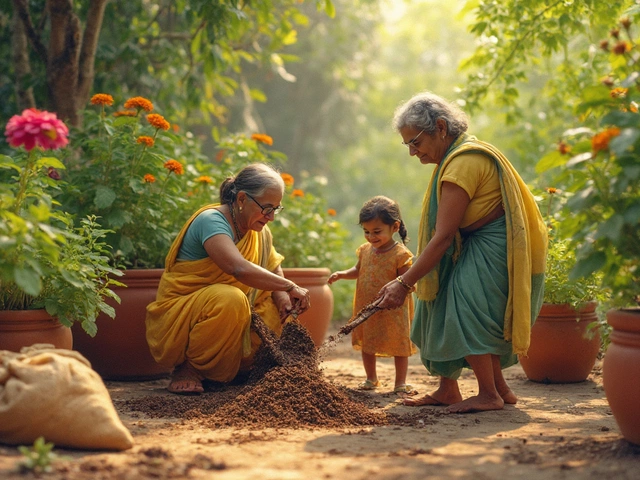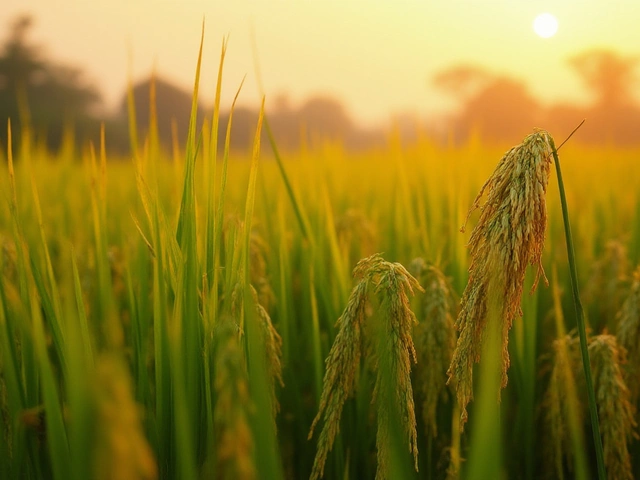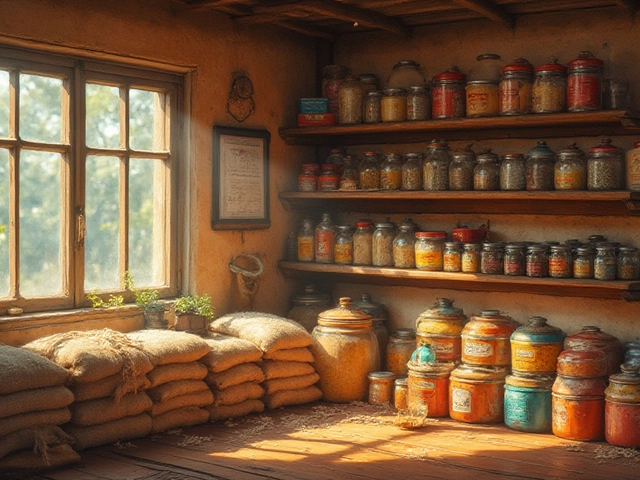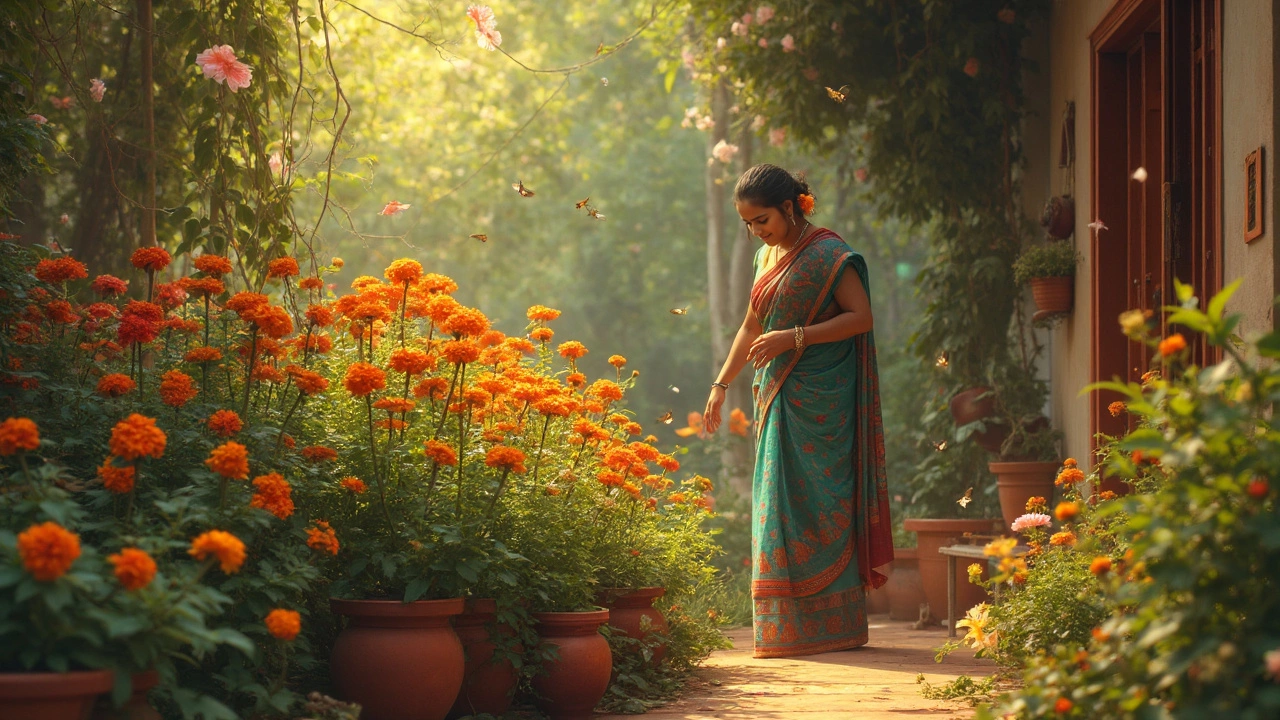Best Flowers for Indian Gardens – Picks, Bloom Times, and Care
Did you know that a single garden can stay colorful for nine months straight if you choose the right flowers? India’s varied climate means some blossoms thrive in the heat of Rajasthan, while others love the monsoon mist in Kerala. Below you’ll get a quick rundown of the most reliable and eye‑catching flowers, plus the season when each one shows off its best colors.
When Do Flowers Bloom Across India?
The first step is to match bloom periods with your local weather. In the north, marigold and zinnia burst into life from October to February, making them perfect for winter festivals. Moving south, hibiscus and jasmine love the warm post‑monsoon months of June to September, filling gardens with fragrance. On the Deccan plateau, gladiolus and canna give a splash of colour from March to May, right before the dry heat sets in.
For a garden that never looks dull, blend early bloomers like calendula (October‑December) with late bloomers such as tuberose (July‑October). The result is a rolling wave of colour that follows the sun across the country. If you live in a region with two distinct seasons, aim for at least three to four species that peak at different times – that’s the secret behind the perpetual garden look you see in many Indian homes.
Easy Care Tips for Your Top Picks
Now that you know when each flower shines, let’s talk upkeep. Most Indian garden favourites thrive on well‑drained soil and moderate watering. For soil that holds moisture but doesn’t get soggy, mix equal parts compost, sand, and garden loam. This combo works well for both petunias and lavender, which can suffer if their roots stay wet too long.
Fertilising doesn’t have to be complicated. A handful of organic compost in early spring gives a boost to fast‑growing varieties like nasturtium. For slower growers such as roses, a balanced NPK fertilizer every six weeks keeps the buds strong and disease‑free. Remember to prune dead stems after each bloom cycle – it encourages a fresh flush of flowers and prevents pests from nesting.
Watering at the right time matters more than how much you use. Early morning watering lets leaves dry before the sun heats them up, reducing fungal problems. If you have a drip irrigation system, bury the lines about 6‑8 cm deep to protect them from the heat and keep water delivery steady.
Lastly, keep an eye on local pests. In many regions, coffee grounds can actually harm plants like azaleas and camellias. Stick to mulch made from dry leaves or shredded coconut husk instead – they improve soil texture and keep bugs at bay.
Pick a mix of lucky, beautiful, and fast‑growing flowers, plan them around regional bloom times, and follow these simple care steps. Your garden will stay vibrant, fragrant, and full of life – no matter where you are in India.
Most Beautiful Flower in the World: What Truly Stands Out?
Beauty in flowers can be subjective, but some blooms consistently stop people in their tracks. This article looks at what makes a flower 'beautiful,' highlights several all-time favorites in India and beyond, and explains what it takes to grow them in your own garden. Get tips for choosing flowers that thrive in Indian climates and discover unusual facts about their uses and symbolism. Whether you're a seasoned gardener or just starting, you'll find practical advice and fresh ways to appreciate the most amazing flowers around.
About
Flower Gardening
Latest Posts


How Many Rice Grains from One Plant: Surprising Yield Facts You Need to Know
By Alden Thorne Jul 25, 2025

Top Plants for a Sustainable Garden: Eco-Friendly Choices That Thrive
By Alden Thorne Jul 6, 2025

How Long Does Rice Last? Essential Stockpiling Tips for Long-Term Storage
By Alden Thorne Jul 5, 2025

